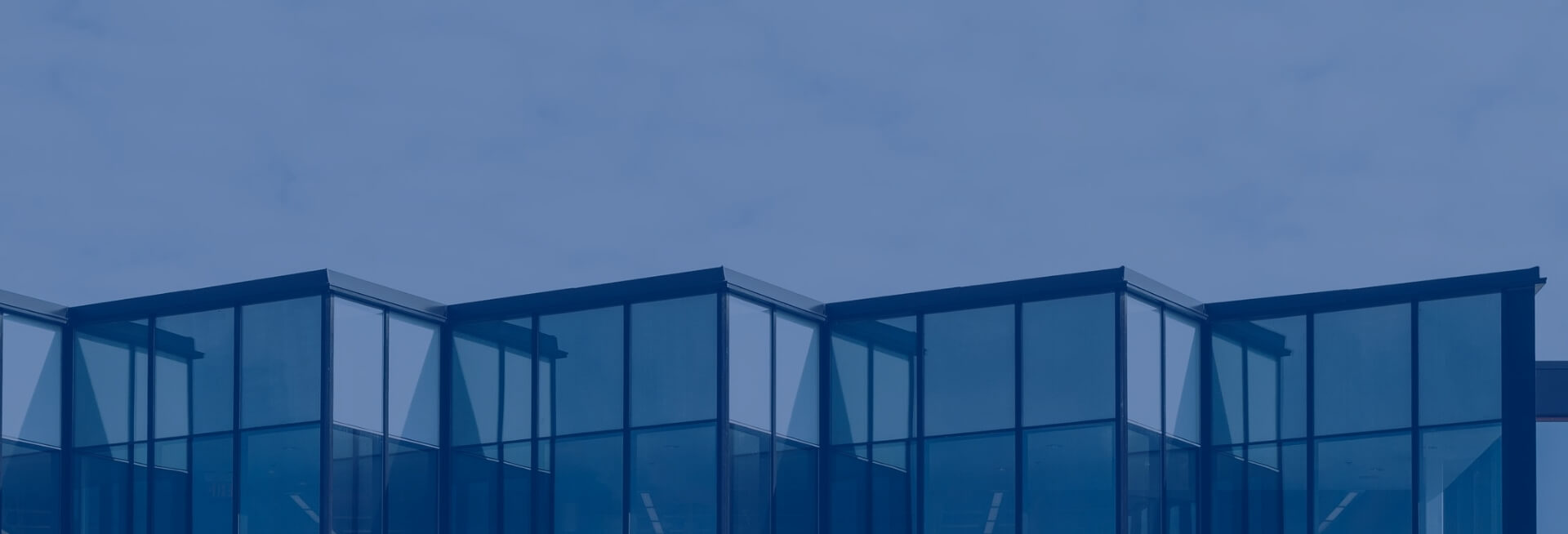- Services
- Light Survey
Light Survey
Light Survey provides an affordable and comprehensive surveying service, catering to both offshore and onshore environments. Our offerings encompass a full range of light survey solutions, categorized according to the illuminance levels within the workplace or inhabited areas.
Conducting a lighting assessment is a critical task for evaluating the efficiency, effectiveness, and quality of lighting systems in diverse settings, such as crew cabins, stairs, offices in marine & logistic vessels. Lighting serves a vital function in supplying sufficient illumination, improving visibility, and establishing a comfortable and secure atmosphere. By conducting a comprehensive lighting assessment, organizations can pinpoint areas that require improvement, optimize energy consumption, and ensure optimal lighting conditions.
The process of performing a lighting assessment generally involves the following steps:
- Data gathering: The first step is to gather pertinent data about the lighting system and the environment where it is installed. This includes details such as the type of lighting fixtures, lamp types, wattages, lighting controls, room dimensions, and layout. It is also essential to consider any specific requirements or regulations associated with lighting standards in the particular industry or location.
- Illumination measurement: Illumination, which refers to the amount of light falling on a surface, is a crucial factor in lighting assessments. Measurements are taken using light meters or lux meters at various locations within the assessed area. The illumination values are compared to recommended standards or lighting design guidelines to assess whether the lighting levels meet the required standards for specific tasks and activities.
- Uniformity evaluation: Lighting uniformity refers to the consistency of light levels across a given area. Uneven lighting distribution can cause discomfort, visual fatigue, and reduced visibility. By measuring illumination at different points and analyzing the data, the uniformity of lighting can be assessed. This analysis helps identify areas where adjustments in lighting fixtures or positioning may be necessary to improve uniformity and enhance visual comfort.
- Color rendering analysis: Color rendering is the ability of a light source to accurately represent the colors of objects. It is an essential aspect in environments where accurate color perception is critical, such as retail spaces, museums, or work areas where color-coded tasks are performed. Color rendering is evaluated using the Color Rendering Index (CRI) or other metrics to determine if the lighting system adequately reproduces colors.
Steps Involved
- Energy consumption assessment: Energy efficiency is a key consideration in lighting assessments. The energy consumption of the lighting system is assessed by analyzing factors such as lamp types, wattages, and lighting control strategies. This analysis helps identify opportunities for energy-saving measures, such as replacing inefficient lamps with energy-efficient alternatives, implementing lighting controls (e.g., occupancy sensors, daylight harvesting), or optimizing lighting schedules.
- Assessment of lighting controls: The utilization of lighting controls, like occupancy sensors, timers, and dimmers, can considerably impact lighting performance and energy consumption. The evaluation of the functionality and effectiveness of lighting controls is necessary to guarantee that they are functioning optimally and meeting their intended objectives. This assessment helps to identify any malfunctions, programming issues, or opportunities for improvement in the control system.
- Adherence to regulations and standards: Lighting surveys also involve an evaluation of compliance with relevant lighting standards and regulations. Different regions and industries have specific requirements concerning safety standards, energy efficiency, lighting levels, and environmental considerations. The assessment of compliance ensures that the lighting system satisfies the necessary standards and regulations.
- Report and suggestions: Based on the data collected and analysis conducted during the lighting survey, a detailed report is prepared. The report includes findings, suggestions, and recommended actions to enhance lighting quality, energy efficiency, and compliance. It may provide specific guidance on the replacement of lamps, repositioning of lighting fixtures, lighting control strategies, or other measures to optimize lighting performance.
- Continuous monitoring and maintenance: Lighting surveys are not a one-time activity. It is essential to establish a schedule for regular monitoring and maintenance of the lighting system. This includes periodic re-evaluation of lighting levels, updating lamp types, adjusting lighting controls, and addressing any issues or changes in lighting requirements.
Wrapping Up
In conclusion, the performance of a lighting survey requires data collection, uniformity assessment, illuminance measurement, evaluation of color rendering, analysis of energy consumption, assessment of lighting controls, evaluation of compliance, and the preparation of a comprehensive report with recommendations. By undertaking a comprehensive lighting survey, organizations can optimize lighting conditions, improve energy efficiency, adhere to regulations, and create a safe and comfortable environment.
Technomax offers reliable condition monitoring services like vibration analysis, infrared Thermography Testing, Lube Oil Analysis, Partial discharge Testing etc.
Other Services & Products

Get Started Now!
It takes less than a minute of your time. Or you may simply call +971 2 555 1 783





